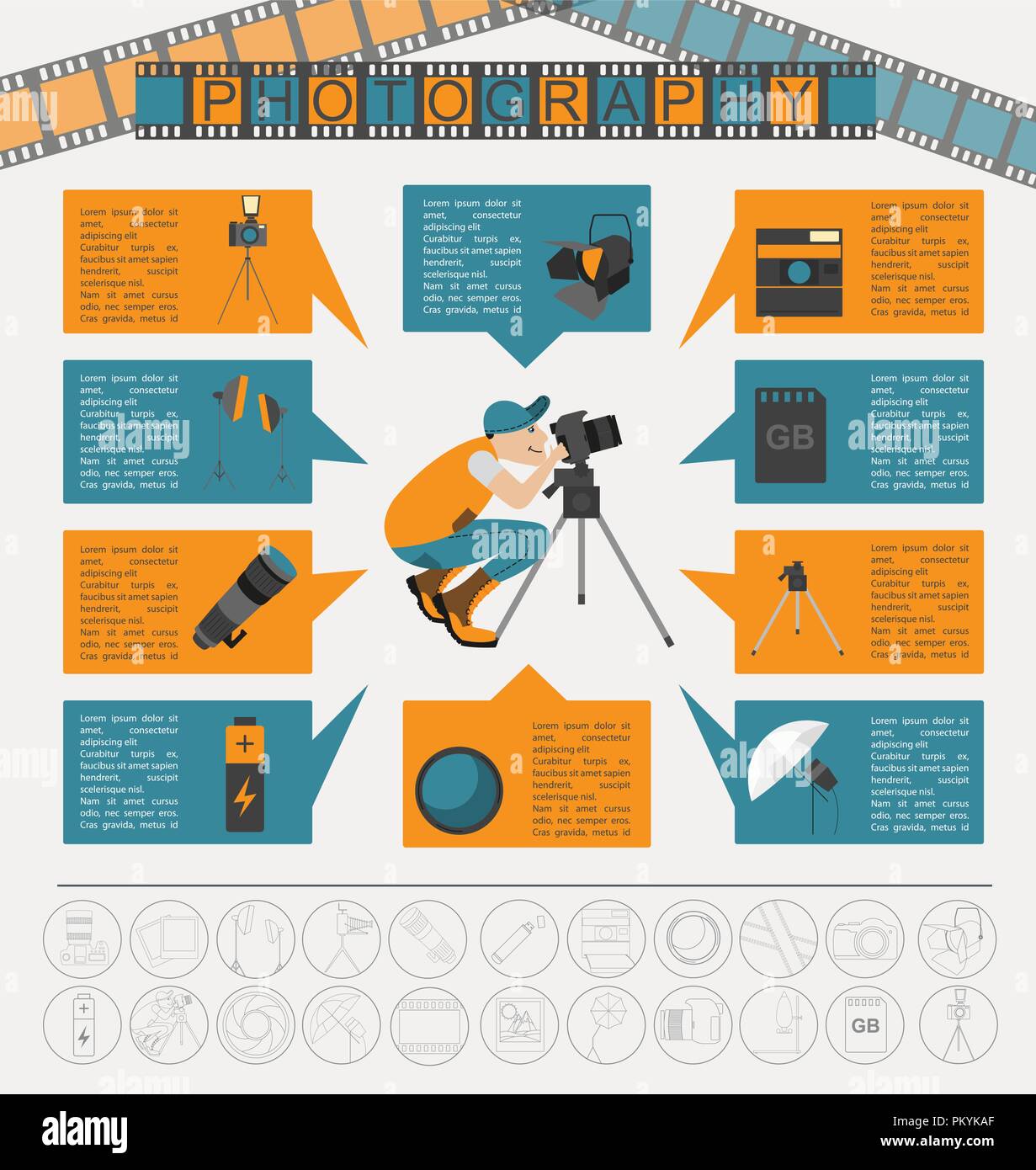What Every Digital Photographer Ought To Understand About Lighting
What Every Digital Photographer Ought To Understand About Lighting
Blog Article
Content By-Greenwood Fraser
As a professional photographer, you understand that lights can make or damage your photos. Understanding the subtleties of both natural and fabricated light is essential for capturing the mood and clarity you go for in your job. Whether you're chasing the ideal gold hour glow or fine-tuning your fabricated setups, mastering these components can boost your digital photography considerably. However there are common pitfalls that lots of ignore, and identifying them can change your strategy to every shoot. Allow's discover what you could be missing and how it can influence your results.
Understanding Natural Light
Recognizing natural light is important for any kind of professional photographer wanting to enhance their job. It's the structure of great digital photography, influencing mood, tone, and quality. When you fire outdoors, take notice of the moment of day. The gold hour-- quickly after sunup and prior to sundown-- provides soft, warm light that can change regular scenes right into magnificent images.
Don't take too lightly the power of overcast days. Cloud cover diffuses sunshine, producing a soft, even light that's ideal for portraits and macro digital photography. You'll locate shades pop in this type of lights without harsh darkness.
Placing matters, too. Constantly consider your topic's alignment to the source of light. If the sun's behind your subject, you might wind up with a shape, which can be remarkable but mightn't be what you want. Alternatively, direct sunshine can develop uncomplimentary shadows.
Explore angles; occasionally, changing your perspective can yield incredible results. Use natural reflectors, like water or sand, to bounce light onto your topic, including dimension.
Mastering Artificial Light
Mastering artificial light is crucial for professional photographers that intend to take their skills to the next level. Whether you're using speedlights, studio strobes, or continual lights, recognizing exactly how to control these resources can drastically improve your images.
Start by acquainting on your own with the essentials of light top quality, direction, and shade temperature. Experiment with different modifiers like softboxes, umbrellas, or grids to control the gentleness or cruelty of the light.
Company photographer 'll discover that soft light frequently develops complementary results, while harsher light can include dramatization and depth. Don't avoid shadows; they can improve the three-dimensionality of your topics.
Pay close attention to the positioning of your lights. A light located too near your subject can create uncomplimentary outcomes, while too far can lead to a lack of detail. Utilize a light meter or your electronic camera's pie chart to ensure you're revealing appropriately.
Last but not least, remember that man-made light can be combined with ambient light for creative effects. Stabilizing these sources could take method, but once you master it, your photography will truly radiate.
Methods for Various Circumstances
When you step into various capturing scenarios, adjusting your illumination methods is crucial for recording the best pictures. For exterior pictures, use the gold hour-- morning or late afternoon light-- to soften darkness and improve skin tones.
If Learn Even more Here 's a rough noontime sun, think about using a reflector to jump light back onto your subject or look for shaded areas for a much more even exposure.
In low-light situations, like interior occasions, boost your ISO and use a vast aperture to allow in even more light. A tripod can assist remove camera shake, enabling longer direct exposures without obscuring.
If you're contending night, explore off-camera flash to create dynamic illumination and deepness in your photos.
For product photography, use diffused lighting to stay clear of extreme reflections. Softboxes or light outdoors tents can help attain this result.
When photographing landscapes, take into consideration the instructions of light and time of day, as it can substantially change the mood of your shot.
Always prepare to adjust your setups and placing based upon the situation, as versatility is vital to grasping illumination in photography.
Modern headshots
To conclude, mastering lighting is crucial to raising your photography skills. Embrace natural light's charm throughout golden hour, and don't shy away from experimenting with synthetic light techniques. By adjusting your technique to different scenarios, you'll capture stunning images that resonate with feeling and clarity. Remember, the appropriate illumination can change an average shot into something phenomenal, so keep practicing and improving your understanding of both all-natural and fabricated light. Happy capturing!
